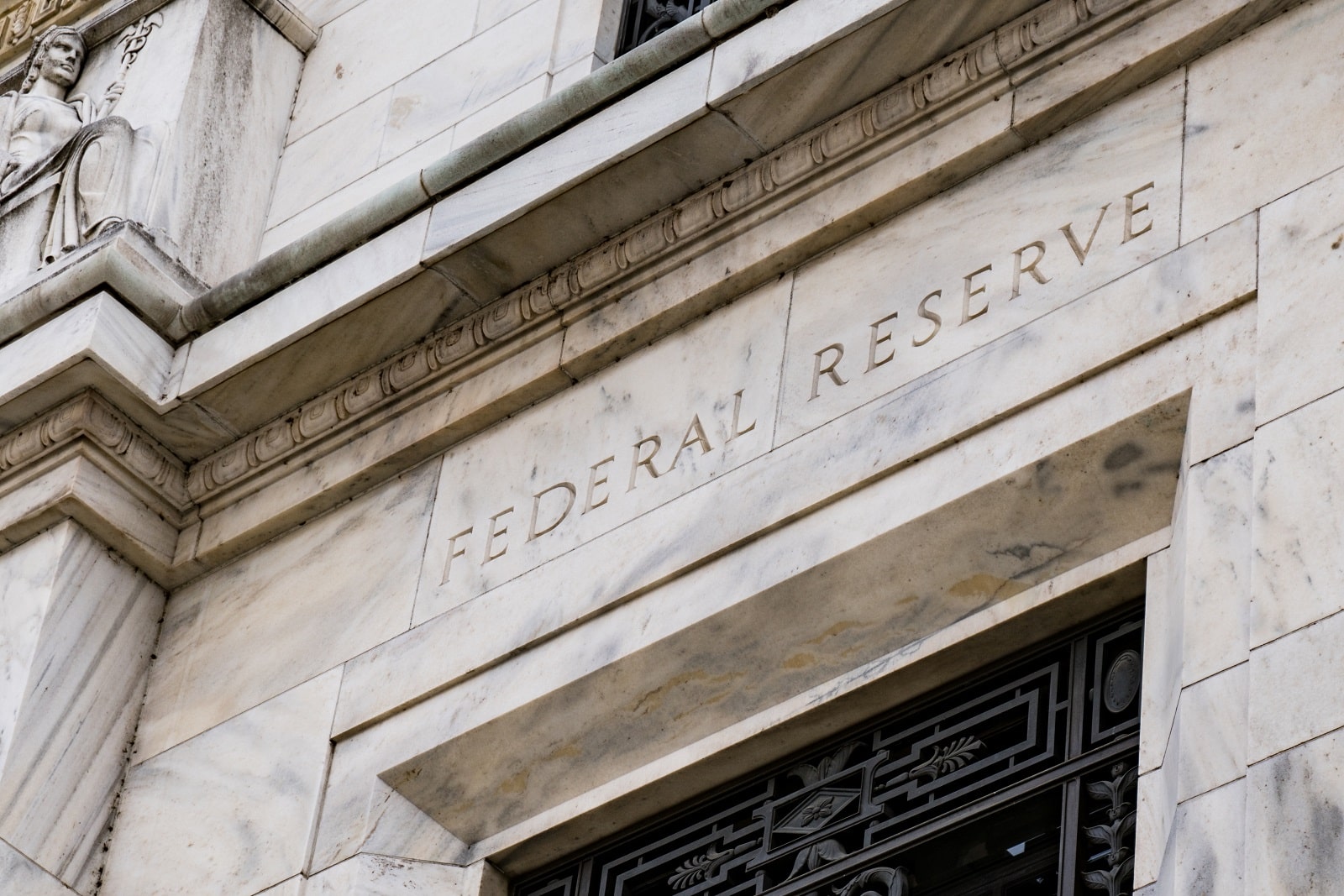The latest consumer price index reveals a higher-than-expected rise in December, signaling ongoing inflationary pressures. What does it mean for consumers?
Higher-Than-Expected Price Increase

In December, the consumer price index (CPI) in the United States rose by 0.3%, surpassing economists’ predictions.
This unexpected increase brings the annual inflation rate to 3.4%, indicating that inflationary pressures remain a significant challenge for the economy.
Despite hopes for easing inflation, this latest data suggests more pain is in store for Americans.
Core CPI Follows Suit

When setting aside the often fluctuating costs of food and energy, the core CPI also experienced a 0.3% rise in December, reaching a 3.9% increase from the previous year.
This rise, although in line with monthly estimates, exceeded the year-over-year predictions, pointing towards a persistent upward trend in prices excluding the more volatile sectors.
Shelter Costs Driving Inflation

A significant factor in the inflation increase is the rising cost of shelter, which climbed 0.5% in the month. This surge in housing expenses contributed to over half of the core CPI’s growth.
Annually, shelter costs have risen by 6.2%, a substantial factor in the overall inflation picture.
Comparative Inflation Analysis

The annual CPI gain of 3.4% in December 2023 contrasts starkly with the 6.4% increase observed in the same month of 2022.
This comparison highlights a relative slowing of inflation rates, although the persistence of higher prices continues to affect the economy.
Food and Energy Prices Vary

Food prices saw a modest increase of 0.2% in December, consistent with the previous month. However, energy prices rose by 0.4%, with gasoline prices increasing slightly. This variance in food and energy prices reflects the ongoing instability in these crucial sectors.
Impact on Household Budgets

The fluctuating costs of basic necessities like food and energy directly affect household budgets.
These changes, especially in essentials, can have significant implications for daily living expenses and long-term financial planning for American families.
Wage Adjustments Lagging Behind

Inflation-adjusted wages showed a modest 0.2% increase over the month and a 0.8% rise over the year.
This slow pace of wage growth, when compared to the rate of inflation, indicates that many Americans may not be feeling the benefits of wage increases in their purchasing power.
Services Sector Inflation

The cost of services, excluding energy, rose by 0.4% in December and by 5.3% over the past year.
This increase in service prices is a crucial indicator for the Federal Reserve in assessing whether inflation is stabilizing towards its 2% target.
Federal Reserve’s Stance

Despite the higher inflation readings, futures traders anticipate that the Federal Reserve might start cutting interest rates as early as March.
The Fed, however, has been cautious, projecting fewer rate cuts in 2024 compared to market expectations.
Inflation’s Slow Retreat

Analysts observe that while inflation is receding from its peak, the progress is gradual and not a direct path back to the 2% target.
Stubbornly high shelter costs are key in this slow decline, influencing the Fed’s approach to monetary policy.
Fed Officials on Monetary Policy

Several Federal Reserve officials have recently commented on inflation and monetary policy.
New York Fed President John Williams noted the decrease in inflation but did not indicate when rate cuts would be appropriate. His stance suggests a continuation of restrictive policies for some time.
Economic Resilience Amid Inflation

The U.S. economy remains resilient, with low unemployment and continued consumer spending.
However, this economic strength is juxtaposed with challenges like rising debt loads and shrinking savings among consumers.
Implications for American Households

For American families, the persistent inflation and slow wage growth translate to tightened budgets and difficult financial decisions.
The cost of living continues to rise, affecting daily life and long-term financial stability.
Proactive Management

In light of the ongoing pressures, it’s increasingly important for households to stay informed about economic trends. By understanding the nuances of inflation and its impact on everyday expenses, families can take proactive steps in budgeting and financial planning.
Adjusting spending habits, prioritizing essential expenses, and exploring savings strategies are essential in maintaining financial stability.
Looking Ahead

As the U.S. economy continues to be impacted by these inflationary times, the focus remains on how the Federal Reserve will respond.
Interest rate decisions and inflation trends will be crucial in shaping household budgets in the coming months.
Ongoing Challenges

The effort to stabilize prices and ensure a healthy economy is a tough challenge. It affects everyone from individual households managing their budgets to policymakers shaping economic strategies.
This balancing act is crucial for maintaining financial stability for all.
23 Steep Taxes Adding to California Residents’ Burden

California: a place of sunshine, innovation, and, unfortunately, some of the nation’s highest taxes. From LA’s beaches to Silicon Valley’s tech hubs, residents grapple with a maze of state taxes. Here’s a glance at 23 taxes that might surprise both Californians and outsiders. 23 Steep Taxes Adding to California Residents’ Burden
Cash in on Nostalgia: 21 Toys Now Worth a Fortune

Time to dust off the boxes and find that once-cherished toy from your childhood. For collectors and enthusiasts, they items have become valued objects and they can be worth big bucks – are there any of these in your attic? Cash in on Nostalgia: 21 Toys Now Worth a Fortune
Millennials Don’t Buy These 19 Products Anymore

Millennials are changing consumer habits, quietly replacing once-staple products and traditions. Often criticized for their disruptive preferences, this generation is reshaping the marketplace with digital expertise, ethical buying, and a taste for the unconventional. Millennials Don’t Buy These 19 Products Anymore
23 Steep Taxes Adding to California Residents’ Burden

California: a place of sunshine, innovation, and, unfortunately, some of the nation’s highest taxes. From LA’s beaches to Silicon Valley’s tech hubs, residents grapple with a maze of state taxes. Here’s a glance at 23 taxes that might surprise both Californians and outsiders. 23 Steep Taxes Adding to California Residents’ Burden
Cash in on Nostalgia: 21 Toys Now Worth a Fortune

Time to dust off the boxes and find that once-cherished toy from your childhood. For collectors and enthusiasts, these items have become valued objects, and they can be worth big bucks – are there any of these in your attic? Cash in on Nostalgia: 21 Toys Now Worth a Fortune
Millennials Don’t Buy These 19 Products Anymore

Millennials are changing consumer habits, quietly replacing once-staple products and traditions. Often criticized for their disruptive preferences, this generation is reshaping the marketplace with digital expertise, ethical buying, and a taste for the unconventional. Millennials Don’t Buy These 19 Products Anymore
Featured Image Credit: Shutterstock / Grusho Anna.
The content of this article is for informational purposes only and does not constitute or replace professional financial advice.
